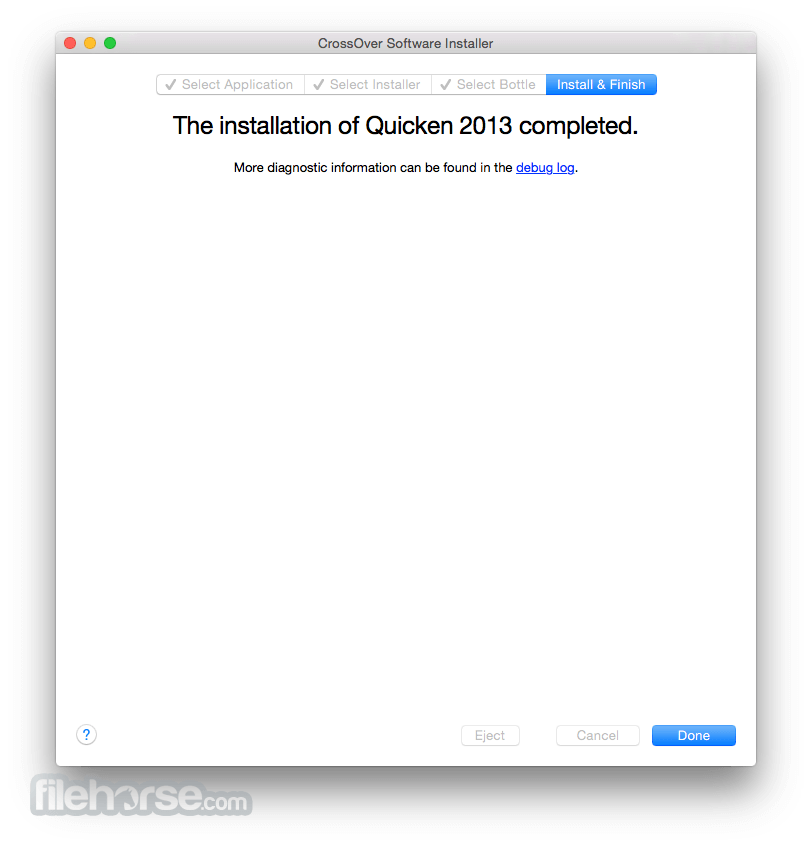
#Crossover for mac. mac os x#
On its Web site, the company says that CrossOver "runs some Windows applications very well, some so-so, and some not at all." The company Website has an extensive list of Windows applications rated gold, silver, bronze, and "known not to work," according to how well they run in Mac OS X and Linux with CrossOver. That's because CodeWeavers and the Wine developers tweak Wine for specific programs.ĬodeWeavers makes no bones about this trade-off. There is a catch, however: Not all Windows applications run in CrossOver. CrossOver doesn't hide Windows - it jettisons the operating system. CrossOver lets you launch not only Windows files, but also Windows applications, directly from the Mac OS X Finder. With CrossOver, Windows apps share the Mac's file system. Parallels Desktop and VMware Fusion can hide the Windows desktop and enable you to move data between the Windows and Mac environments, but they still use Windows' NTFS file system in the form of a virtual C: drive. Performance of Windows applications is very good. The result is that a Windows application running with CrossOver uses fewer system resources, including memory, disk space, and CPU utilization, than the same app running in Parallels Desktop or VMware Fusion. The Windows applications don't know they're not running on Windows.


Wine is an implementation of the Win32 API on Mac OS X. With CrossOver, Windows applications run directly in Mac OS X, and not in a virtual machine. If you're not willing to shell out a few hundred dollars to Microsoft but still want to run Windows on your Intel-based Mac, there is one more alternative: CrossOver from CodeWeavers costs $40 and runs Windows applications on Mac OS X - without Windows.ĬrossOver is not virtualization, as evidenced by the whimsically named technology behind it: the open source Wine (Wine Is Not an Emulator) project.

VirtualBox may be free, but you still have to own a copy of Windows.


 0 kommentar(er)
0 kommentar(er)
